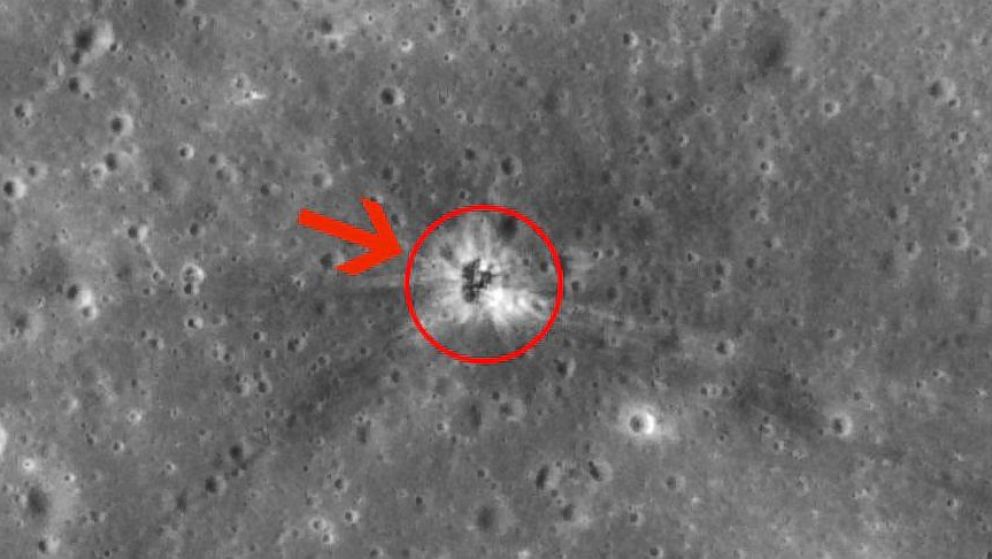Apollo 16 Booster Crash Site Reportedly Located on Moon
Crash site was located using high resolution images from NASA.

— -- An out-of-this-world mystery has apparently been solved 43 years after the Apollo 16 mission to the moon.
Using high-resolution images from NASA's Lunar Reconnaissance Orbiter, Jeff Plescia, a planetary scientist at the Johns Hopkins University Applied Physics Laboratory, was able to locate the lunar impact crater left by Apollo 16's rocket booster.
The rocket booster had been crashed into the moon after the astronauts had left its surface. The intent was to take seismic measurements to learn more about the interior of the moon, however the booster's position was reportedly unknown until now.
"I did finally find the Apollo 16 SIVB crater," Plescia said, according to Inside Outer Space. "It looks like the others, but its position was much more poorly defined since the tracking was lost prior to impact."
Launched from Kennedy Space Center on April 16, 1972, Apollo 16 was the fifth lunar landing and included three moon walks.




